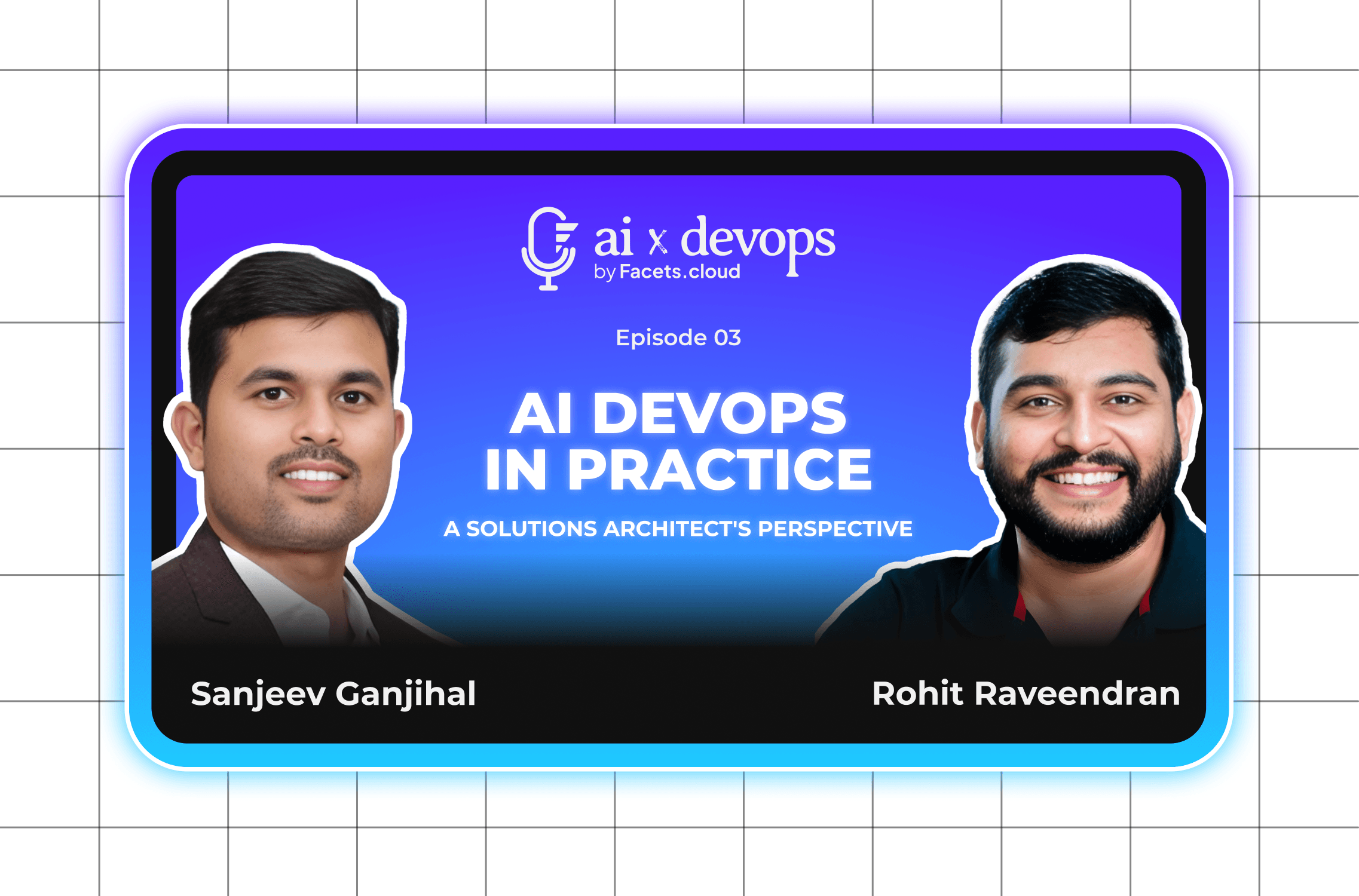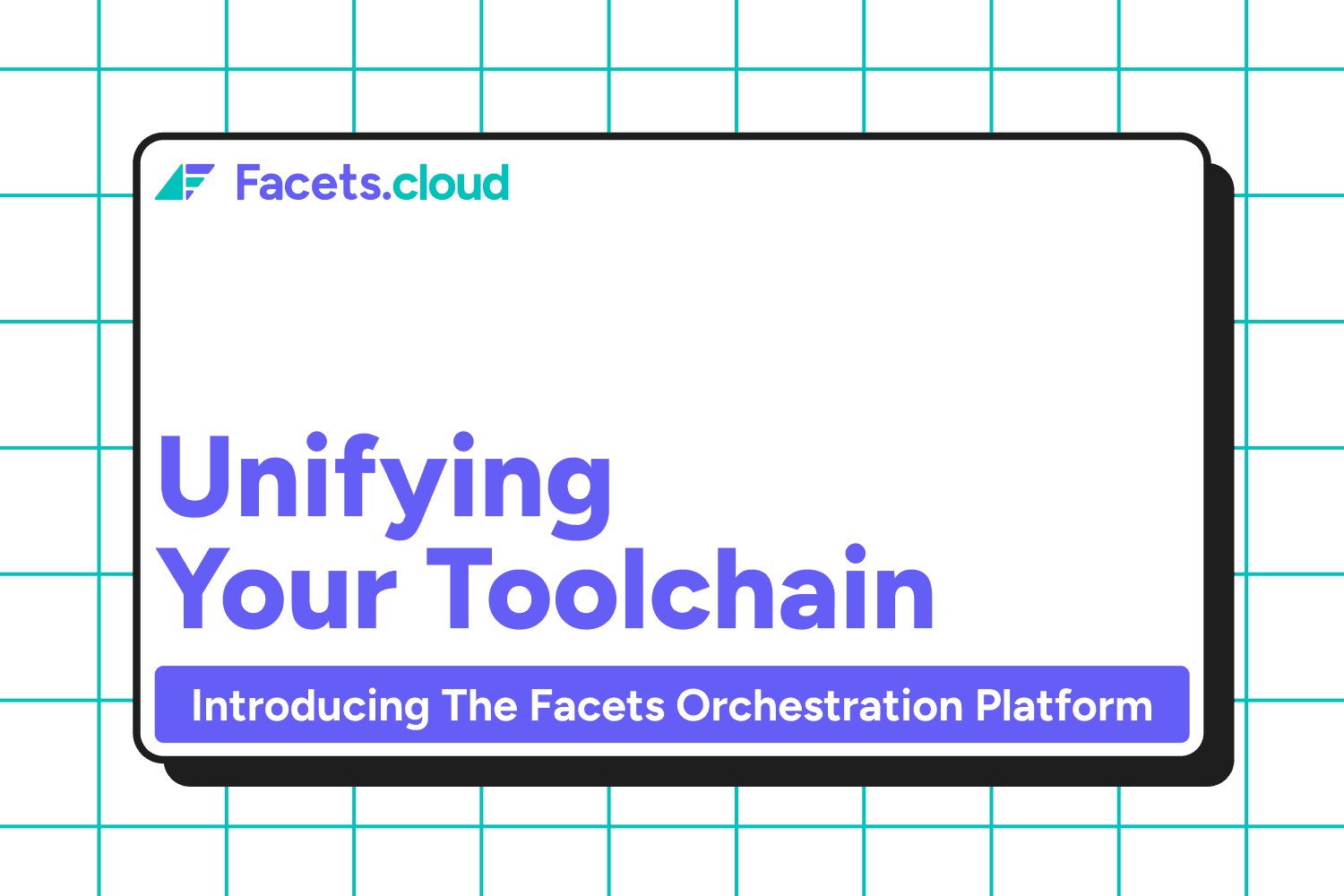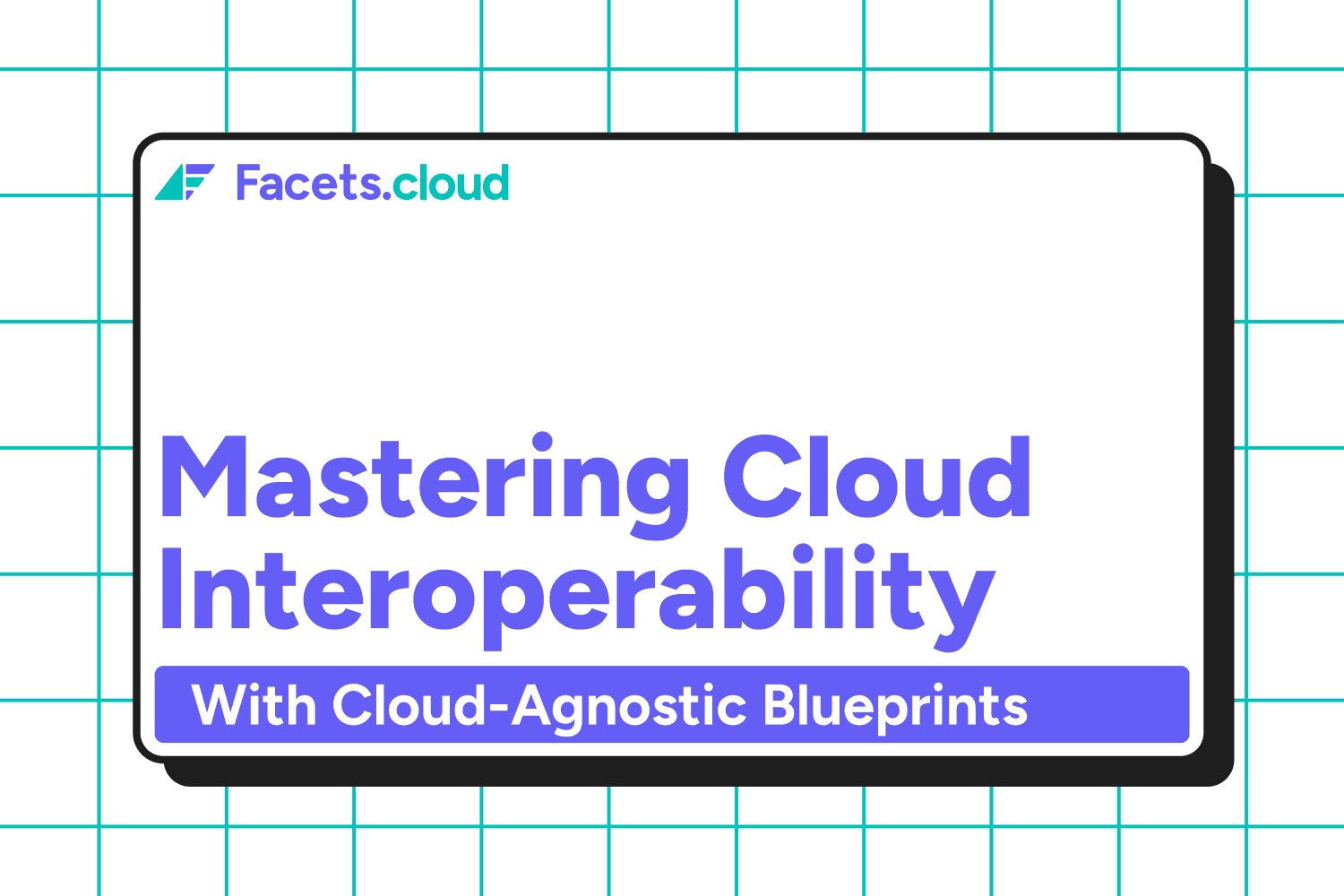
The Unavoidable Migration Challenge
For Mobile Premier League (MPL)—a gaming platform serving 120+ million users across 34 geographies with 15,000-20,000 concurrent users per game—cloud migration was not a decision taken lightly.
As Kaustubh Bhoyar, SVP of Engineering at MPL, had a stark admission:
"Don't do migrations unless it's absolutely required."
This wasn't just theory. MPL had already optimised their AWS infrastructure costs by over 50% through targeted optimisations by their SRE team.
💡 CTO Insight:
Exhaust all in-platform optimisation options before considering migration. Assign a small task force to identify cost-saving opportunities—focus on right-sizing resources, reserved instances, and storage optimisation.
However, in 2023, regulatory changes increased operational costs, pushing MPL to cut down on cloud spending. After exhausting all traditional cloud optimization avenues, they needed a long-term partner and found GCP to be the best fit due to a favorable pricing agreement and strategic alignment.
But migration came with risks:
- Downtime would cost millions in GMV—business continuity was critical.
- Feature development couldn't stop—"all hands on deck" wasn't an option.
- Incomplete service documentation—130+ microservices with unknown dependencies.
- An already stretched SRE team—just 8 engineers to execute the migration.
Strategic Migration: Turning Migration into an Opportunity to Clear SDLC Debt
Like most high-growth startups, MPL focused on rapid product development, accumulating software delivery lifecycle (SDLC) debt along the way.
They realised that if they could address SDLC inefficiencies alongside migration, they could land on GCP not just cost-effectively, but with significantly improved developer efficiency—delivering higher ROI in the long run.
Key SDLC Challenges Before Migration:
- Time-consuming Releases: Handovers between QA, Dev, and SRE teams reduced feature velocity.
- Ops Burnout: SRE teams spent more time managing releases than on engineering excellence.
- Toolchain Fragmentation: Multiple tools (Terraform, Harness, Security, Observability) lacked centralised management.
CTO Insight
💡 Use migration as an opportunity for transformation. Identify and prioritize 3-5 key bottlenecks in delivery workflows and design migration. Design your migration plan to address these issues concurrently with the infrastructure transition.
Executing the Migration Without Sacrificing Feature Velocity
To ensure smooth migration, MPL formed a task force and partnered with key platform providers:
1️⃣ Central Migration Team
- Managed infrastructure, security, and database migrations.
- Handled Kafka clusters and core platform services.
- Configured cross-cloud connectivity.
2️⃣ GCP Professional Services
- Provided cloud-specific expertise.
- Helped define network architecture & project structure.
- Conducted knowledge transfer sessions.
3️⃣ Platform Orchestrator (Facets.Cloud)
Initially, MPL considered building its own Terraform modules but realized they needed an advanced platform to streamline provisioning, automation, and developer self-service.
- Terraform-based orchestration for provisioning GCP environments and configuring all operational tool-chains.
- Config-switching—easily migrate or roll back services between AWS & GCP; in a self-service manner
- Self-serve release management for developers, without depending on SRE teams
CTO Insight:
💡 Before migrating, select a platform that supports orchestrating cloud and toolchains. Standardize configuration management to ensure consistency across environments.
As Kaustubh put it: "If a platform exists, why build it in-house?"
Technical Implementation: Architecting a Reliable Migration
1️⃣ Dedicated Cross-Cloud Connectivity
The cornerstone of MPL's migration architecture was dual (active-active) dedicated fiber connections between AWS Mumbai and GCP Mumbai:
- Sub-2ms latency—equivalent to intra-cloud AZ latency.
- Primary link for service-to-service communication.
- Secondary link for database replication & failover.
CTO Insight:
💡 Invest in dedicated cross-cloud connectivity—it minimizes risk and ensures a seamless incremental migration. As Kaustubh described it as "just like running a service in another availability zone," giving the team confidence to proceed with an incremental approach.
2️⃣ Service Discovery & Traffic Routing
- Dual ingress controllers (AWS & GCP).
- ZooKeeper-based service discovery for cross-cloud compatibility.
- Hot-reload configurations for real-time updates.
- Configuration-based traffic control for seamless rollbacks.
➡️ This de-risked the migration by allowing services to be toggled between clouds with minimal disruptions.
3️⃣ Migrating Service "Islands" Together
Instead of migrating services in any order, MPL:
- Mapped dependencies to identify tightly coupled services.
- Grouped interdependent services into "islands."
- Migrated islands together to minimise cross-cloud chattiness.
➡️ Result: Reduced latency and ensured a smooth user experience.
4️⃣ Database Migration Strategies
For different services, MPL used different strategies:
- Low-criticality services: Brief (2-3 min) downtime during off-peak hours.
- High-criticality services: Real-time replication, and validation before cutover.
- Limited database interaction: Migrated services first while keeping databases on AWS.
➡️ Dedicated fiber lines ensured stable cross-cloud DB communication during migration.
5️⃣ Overcoming Technical Challenges
The migration wasn't without challenges. Kaustubh identified several technical hurdles they overcame:
- IP exhaustion in Kubernetes.
- GCP’s 50 DBs per project limit—requiring architectural adjustments.
- Migration pauses during IPL season due to traffic spikes.
➡️ These challenges added one month to the timeline but were handled within buffer limits.
The Results: More Than Just Cost Savings
- 20% infrastructure cost savings achieved in 7 months.
- Release velocity increased to 8-10 services per week.
- QA teams now handle releases independently via self-service.
- Performance testing environments provisioned in minutes (instead of days).
- Better observability & resource utilization.
- SREs focus on engineering excellence, not ops grunt work.
As Kaustubh summed it up:
"Was it challenging? Absolutely. Was it worth it? Without a doubt—our engineering operations are running far more efficiently now."
Conclusion: The Strategic Value of a Well-Executed Migration
MPL’s journey shows that cloud migration is not just about infrastructure—it’s about:
✅ Driving efficiency across development and operations.
✅ Improving SDLC and release processes.
✅ Reducing operational burdens on engineering teams.
✅ Future-proofing scalability while cutting costs.
For CTOs and engineering leaders, the lesson is clear: if migration is necessary, leverage it as a transformation opportunity, not just a lift-and-shift project.
Facets' Take on MPL's Cloud Migration
MPL’s incremental migration approach, enabled by Facets' orchestration, allowed them to maintain business continuity while fundamentally improving engineering operations. Their focus on developer empowerment, cross-cloud connectivity, and automation helped them achieve long-term efficiencies—proving that a well-planned migration can be a game-changer.
📌 This article is based on insights shared by Kaustubh, SVP of Engineering at Mobile Premier League, during a Facets.Cloud webinar on cloud migration strategies.


